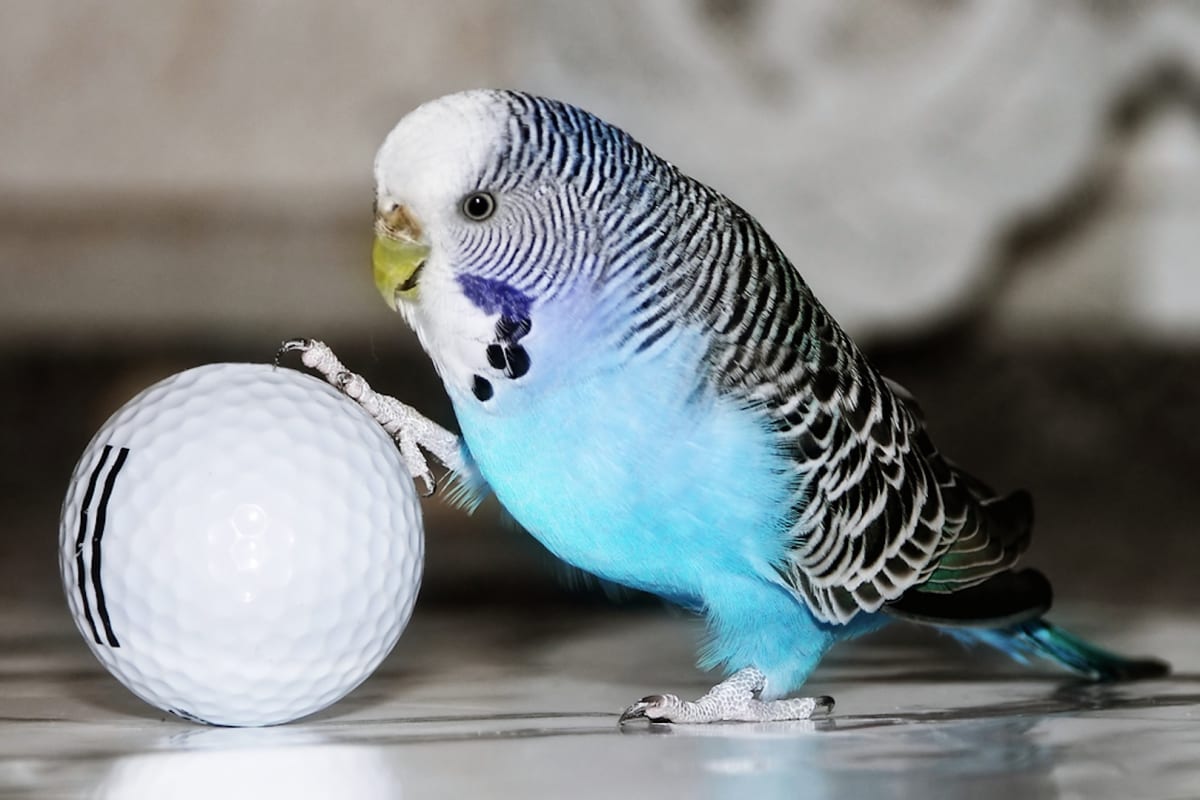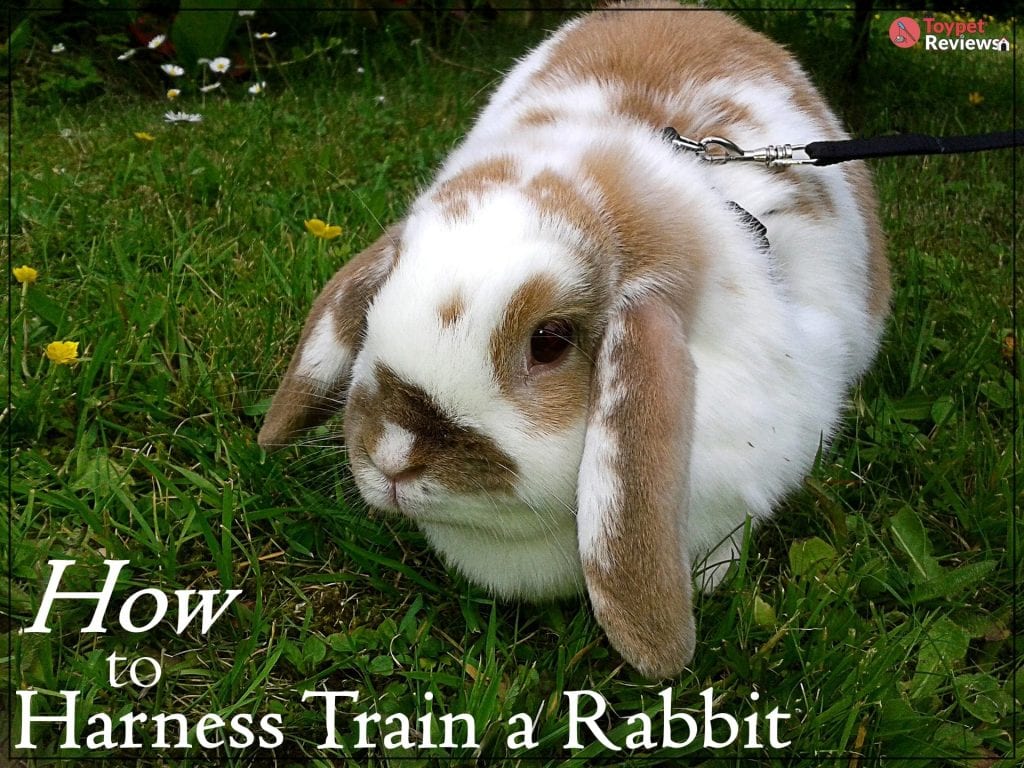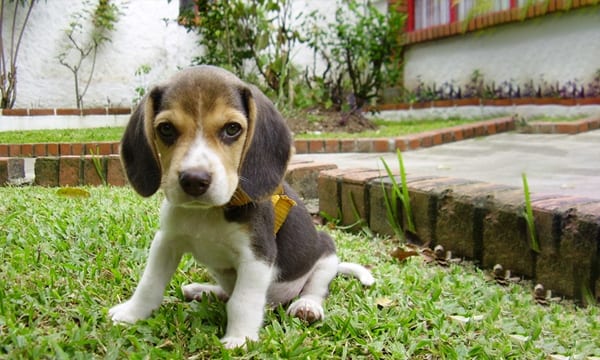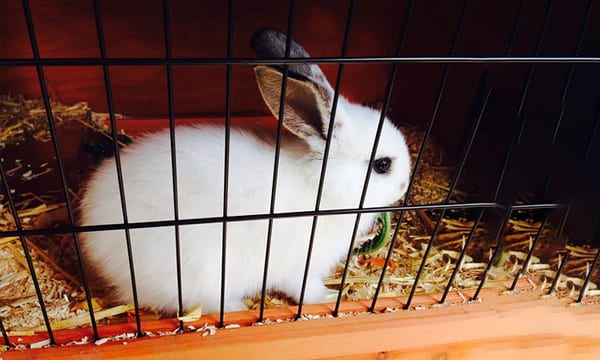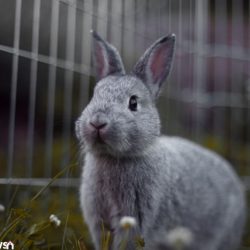Sand can be an attractive, easy to use substrate for bearded dragon terrariums. However, pet owners will need to take care when choosing their sand because if it’s swallowed, bearded dragons can face serious health problems.
For this reason, it’s crucial to select the best sand for bearded dragons. In this list, we’ll be looking at price, sand type, artificial dyes and harmful additives (if any), and real purchasing customer reviews to choose the best options.
10. Carib Sea Reptile Calcium Sand
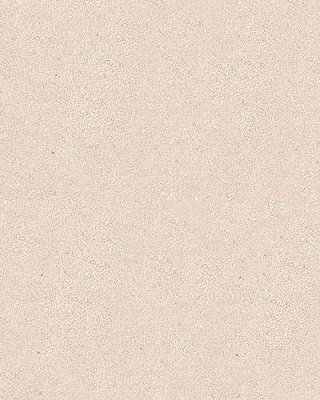
Ideal for: Reptiles such as bearded dragons
This sand is completely natural and free of chemicals or dyes. The sand is aragonite, a form of calcium carbonate, which is edible and is easily digested. In addition, the grains are naturally spherical, so they’re not sharp and won’t scratch lizards.
The sand contains calcium, magnesium, and strontium, which can help bones grow stronger.
- Digestible calcium carbonate
- Sand contains calcium, strontium, and magnesium
- Small, round grains
- More expensive than other sands
9. Zoo Med Excavator Clay Burrowing Substrate
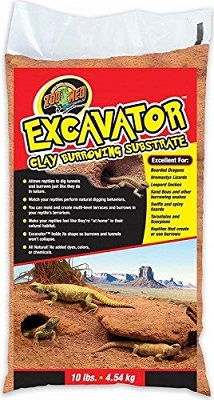
Ideal for: Bearded dragons and other burrowing reptiles
This sand is mixed with clay so that it can be wet and molded. It will then harden and retain its shape. With this sand substrate, tunnels or archways can be created.
In addition, reptiles can be placed in with the sand when it’s semi-dry and they can dig their own tunnels, which will then stay in place. Because it’s a solid substrate, it’s also less likely to be eaten and cause dangerous impaction.
- Easily molded
- Encourages natural digging behavior
- Less likely to be swallowed by lizards
- May crumble when dry
8. Caribsea Super Naturals Aquarium Sand
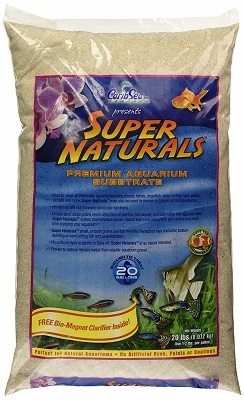
Ideal for: Fish and reptiles
Although this sand is designed for use in aquariums, it’s also a good choice for the best sand for bearded dragons. The sand is safe for saltwater, freshwater, or reptile habitats.
It’s made of all-natural materials, without any added colors. In addition, the sand is available in a variety of different colors so you can choose the one that looks best in your habitat.
- Safe for freshwater or saltwater aquariums
- Safe for reptiles
- No added dyes
- Available in a variety of colors
- Not digestible
7. Zilla Ground English Walnut Shells
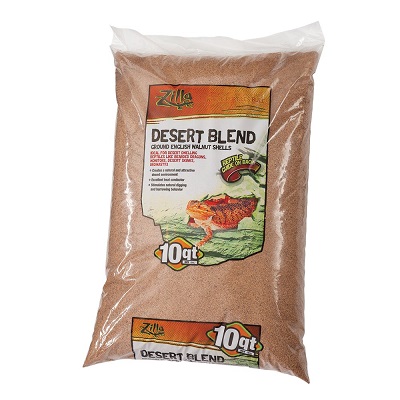
Ideal for: Reptiles such as bearded dragons
Although this is not true sand, ground walnut shells are an excellent sand substitute. The walnut shells are ground to a fine consistency and stimulate natural digging behavior. In addition, the shells conduct heat well and are not dusty, which sand can sometimes be.
These shells are also much less likely to scratch the glass of a terrarium than sand is.
- Made of natural walnut shells
- Conducts heat well
- Dust free
- May cause impaction
6. Zoo Med Hermit Crab Sand
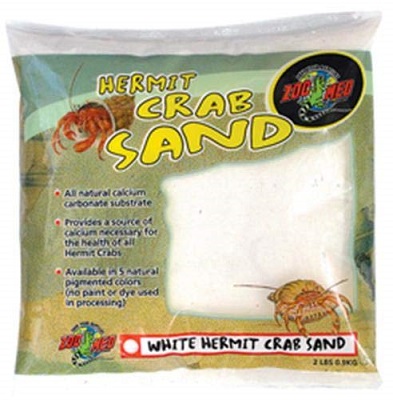
Ideal for: Hermit crabs and reptiles
This sand is made of all-natural calcium carbonate, which is more easily digestible and less likely to cause harmful impaction or other health problems.
The sand has no added colors or dyes. Although it was made with hermit crabs in mind, this is also a good choice for the best sand for bearded dragons.
- Made of calcium carbonate
- No added dyes or colors
- All-natural
- More expensive than other sand options
5. Fluker’s All Natural Sand Substrate
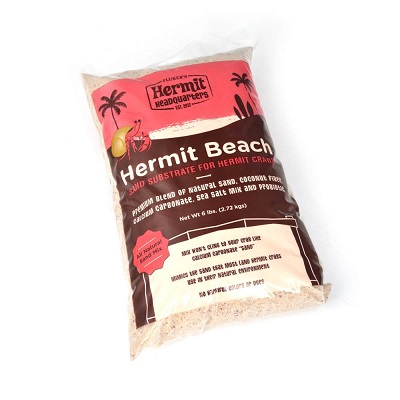
Ideal for: Hermit crabs and reptiles
Although this sand was originally intended for hermit crabs, it also works well for bearded dragons and other reptiles. This sand has probiotics added to the formula so that it helps to naturally break down waste.
The sand also includes coconut fiber, calcium carbonate, and salt. This helps to stabilize sand while digging, while also being safer for pets.
- Naturally breaks down waste
- Contains coconut fiber and calcium carbonate
- Originally intended for hermit crabs
4. Zoo Med Vita Sand
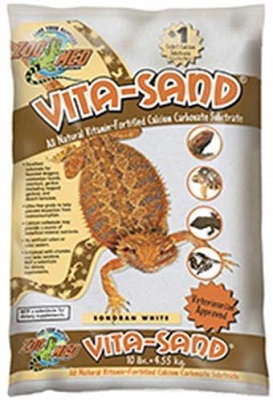
Ideal for: Bearded dragons, monitors, and other lizards
This sand is made of calcium carbonate and is of a very fine grain, both of which lower the risk of harmful impaction. In addition, the sand is vitamin fortified and helps to increase the calcium reptiles absorb.
This makes it a good option for the best sand for bearded dragons. There are also no artificial colors or dyes in the sand.
- Vitamin fortified
- Made of calcium carbonate
- No artificial colors added
- May be dustier than other sands
3. Exo Terra Desert Sand
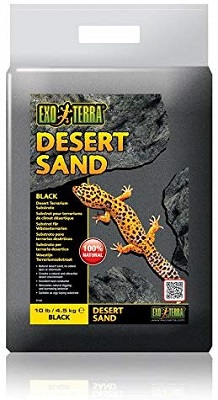
Ideal for: Geckos, bearded dragons, and other reptiles
Made from natural desert sand, this substrate has no added chemicals or dyes. The sand itself is carefully sifted to remove any stray debris and to ensure that the grain sizes are even.
The sand is also a good stimulant for natural digging behavior, and it conducts heat well, so under the tank heating mats can still function.
- Natural desert sand
- No added chemicals or dyes
- Sifted to remove debris
- Even grain size
- May stick to scales
2. Zoo Med ReptiSand
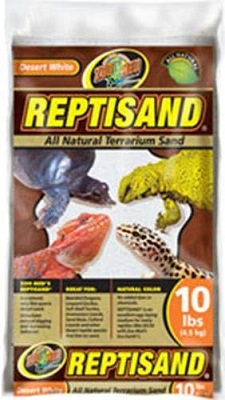
Ideal for: Bearded dragons, geckos, and other reptiles
This all-natural sand is available in several different colors but does not have any added colors or dyes, so it’s safe for pets. It is made of fine quartz.
Not only does this sand make for an attractive addition to the habitat, but it also conducts heat well and can help to stimulate natural digging behaviors.
- All-natural fine quartz sand
- Conducts heat well
- No added colors or dyes
- May not be pure white
1. Reptile Sciences Terrarium Sand
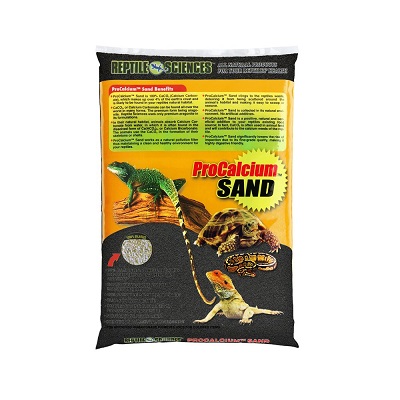
Ideal for: Reptiles such as bearded dragons
This sand is made of calcium carbonate so it’s digestible, and it’s made from all-natural materials so it’s pet safe. This also helps to lower the risk of impaction, one of the complications pet owners often run into when using sand in the terrarium.
In addition, this sand contains several necessary minerals. It’s also a natural deodorizer, which helps to keep the terrarium fresh.
- Made of digestible calcium carbonate
- Contains essential minerals
- Natural deodorizer
- May contain dyes
Conclusion
Adult bearded dragons can sometimes be safely housed with sand as a substrate, but it’s important to find the best sand for bearded dragons so as not to jeopardize their health.
Considering what the sand is made of, what shape the grain is, and whether there are any added dyes can make the choice much easier. Let us know what sand you use, or what your bearded dragons have found the most comfortable!

The TPR Team invites you to read informative pieces and specialized opinions from experts in all things dogs, cats, birds, fish, hamsters, rabbits, and all things pet, in general.

